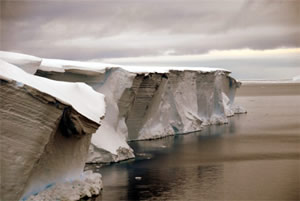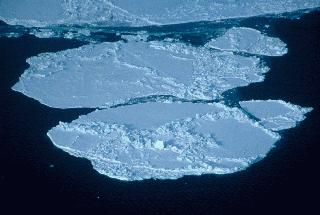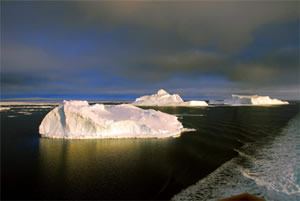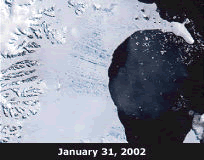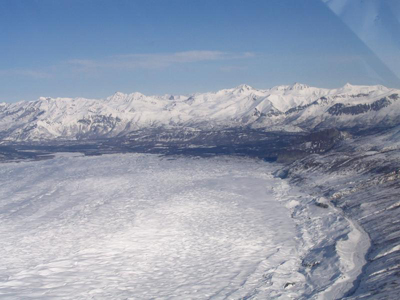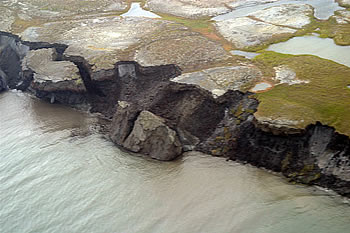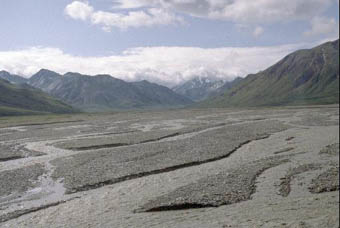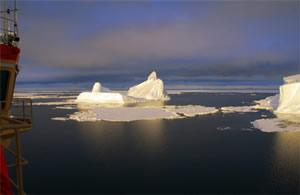Click on image for full size
Ute Kaden/PolarTREC
The Cryosphere
Frozen water is found in many different places on Earth. Snow blankets the ground at mid and high latitudes during winter. Sea ice and icebergs float in the chilly waters of polar oceans. Ice shelves are found where ocean meets land in Earth’s polar regions. Glaciers and ice sheets move slowly over land in polar regions. Glaciers are also found on high mountaintops around the world. The soils of polar regions, called permafrost, are filled with frozen water. Together, these different types of frozen water are known as the Earth’s cryosphere.
Some parts of the cryosphere, such as snow and the ice on ponds and lakes, are only around during the winter. Other parts, such as glaciers and ice sheets, stay frozen year-round and, in fact, can stay that way for tens of thousands or even hundreds of thousands of years.
Here are some of the ways that snow and ice are important for our planet!
- Because snow and ice are light in color, they reflect more of the Sun’s energy back into space than dark-colored land and ocean water.
- When ice and snow melt, the water becomes part of the hydrosphere. Animals and plants rely on the melt water to stay alive.
- Many different living things with rely on parts of the cryosphere for water and habitat. Polar bears roam across Arctic sea ice, Arctic cod take shelter in areas underneath the sea ice. Some penguins rely on ice during their breeding season.
- Glaciers and ice sheets shape the land surface. They erode rocks as the ice moves slowly across the land and then deposit the sediments in other places.


